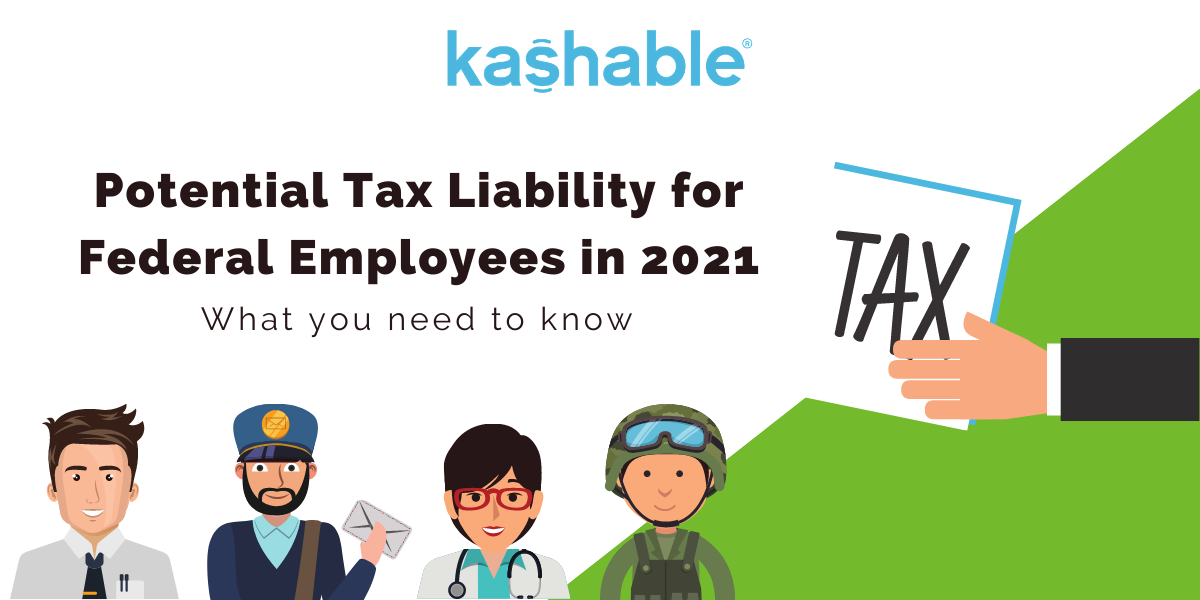2020 has brought a lot of economic change, and in turn, quite a few relief efforts from the federal government. One effort that was especially important for federal employees was the Memorandum on Deferring Payroll Tax Obligations, issued by President Trump back in August. The Executive Order allowed employees to defer the 6.2% OASDI tax that is typically taken each paycheck to fund Social Security. Instead, employees could take home the extra funds to help manage everyday expenses or combat COVID-related financial hardship.
Importantly, nearly all federal agencies adopted the deferral without an opt-out option. Meaning that for the past 4 months or so, most federal employees have been enjoying a 6.2% pay boost. But as the end of the year draws near, that boost is about to expire, while time to pay those taxes back is fast approaching.
Starting January 2021, federal employees will be expected to resume paying their OASDI tax, and will also have to repay the funds they deferred until this point. Together, this will mean a total 12.4% tax taken each pay period until the end of April 2021 – which may present financial struggle for many employees, especially if they were not able to build their savings throughout the span of the deferral. So, what can you do to help combat the squeeze to your finances? There are still a few steps you can take to ease the financial stress:
- Save what you can: There are still a few weeks left until the deferrals are cancelled. So, try to put your remaining deferral funds aside into your savings account. That way, when your take-home pay is temporarily reduced, you can rest assured that you have funds put aside to continue to manage your regular expenses.
- Try Kashable: For times when savings aren’t enough, there’s Kashable. Kashable is a benefit designed to help tackle financial hardship by offering access to low-cost, personal loans. Loan amounts range from $500-$20,000 and can be used to help cover any outstanding expenses you may face while repaying the additional taxes.
- Kashable also offers a library of free financial wellness resources that can help you budget, save, and manage your expenses as you move through the rest of the year. You don’t need to apply for a loan or be a borrower in order to have access to this resource.
- Keep an eye on the news: Government officials are aware of the impact the repayment may have on employee finances and have previously made efforts to reduce any strain. For example, a bill was introduced in October to make the deferral optional, and therefore allow employees who were worried about the repayment process to avoid it. Though this did not ultimately come to fruition, it is possible that similar measures will be taken at some point in the future, and that certain groups may work to change the legislation. Of course, this is not guaranteed – but it doesn’t hurt to keep an eye on the news and to know what to expect.
No matter what this may ultimately mean for your finances, remember that Kashable was specially designed to help federal employees through financial hardship. See how we can help you when you Check Your Rate.


I’m interested on where to find the library of free financial wellness resources
Hi Barbara. You can access the Financial Literacy Library by making an account at Kashable.com. You do not need to apply for a loan to access these resources.